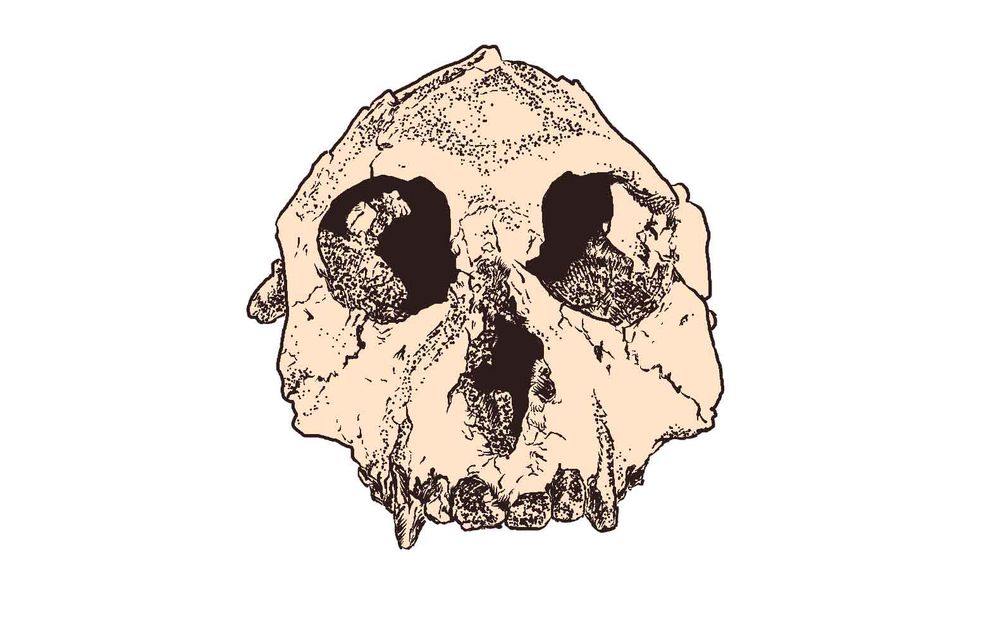John Hawks
@johnhawks.net
4.9K followers
160 following
740 posts
Paleoanthropologist | Chair and Professor of Anthropology, University of Wisconsin–Madison 🧪🏺💀https://www.johnhawks.net
Posts
Media
Videos
Starter Packs
Reposted by John Hawks
John Hawks
@johnhawks.net
· 4d
Reposted by John Hawks
John Hawks
@johnhawks.net
· 5d
Reposted by John Hawks
Reposted by John Hawks



















